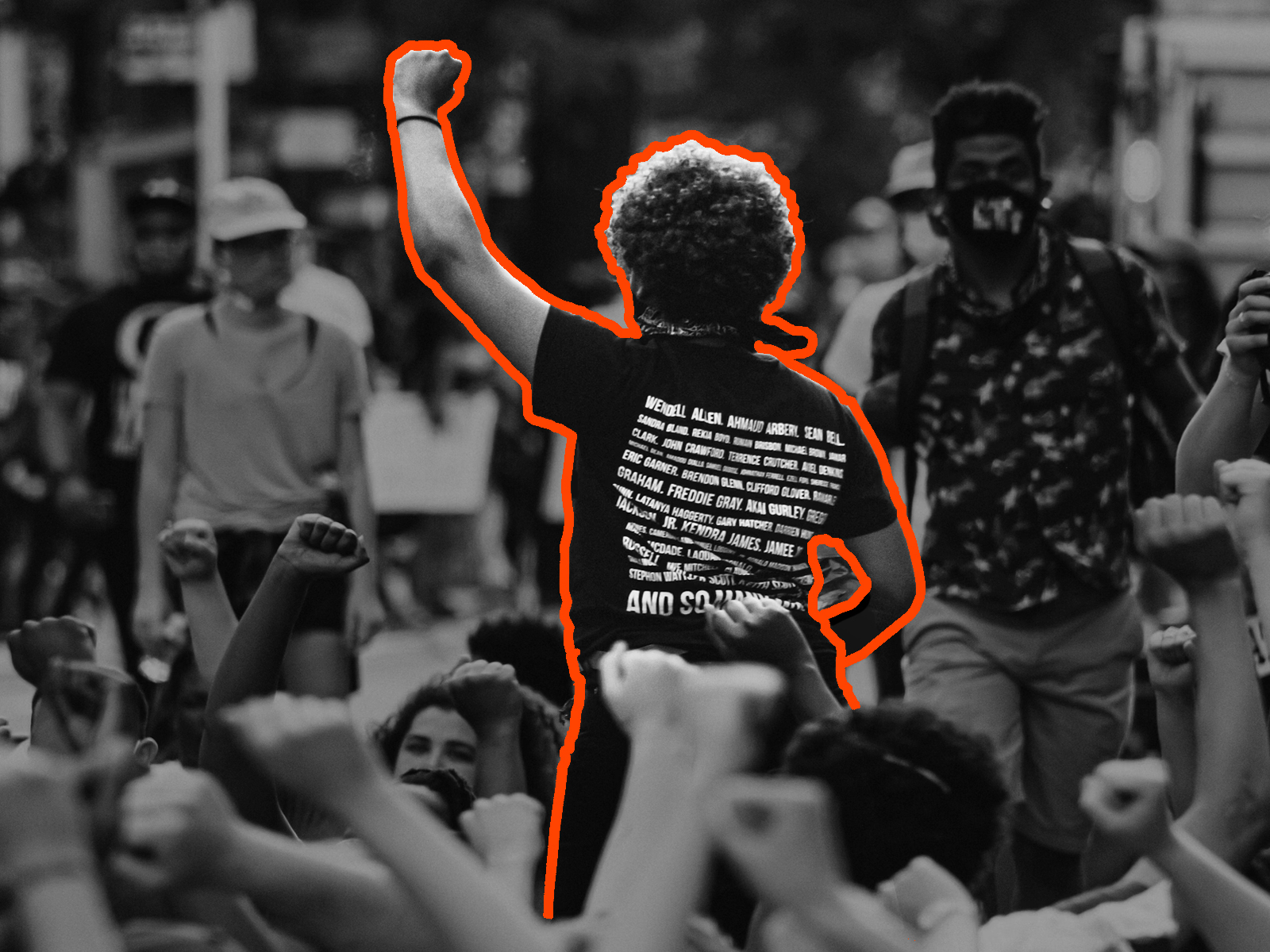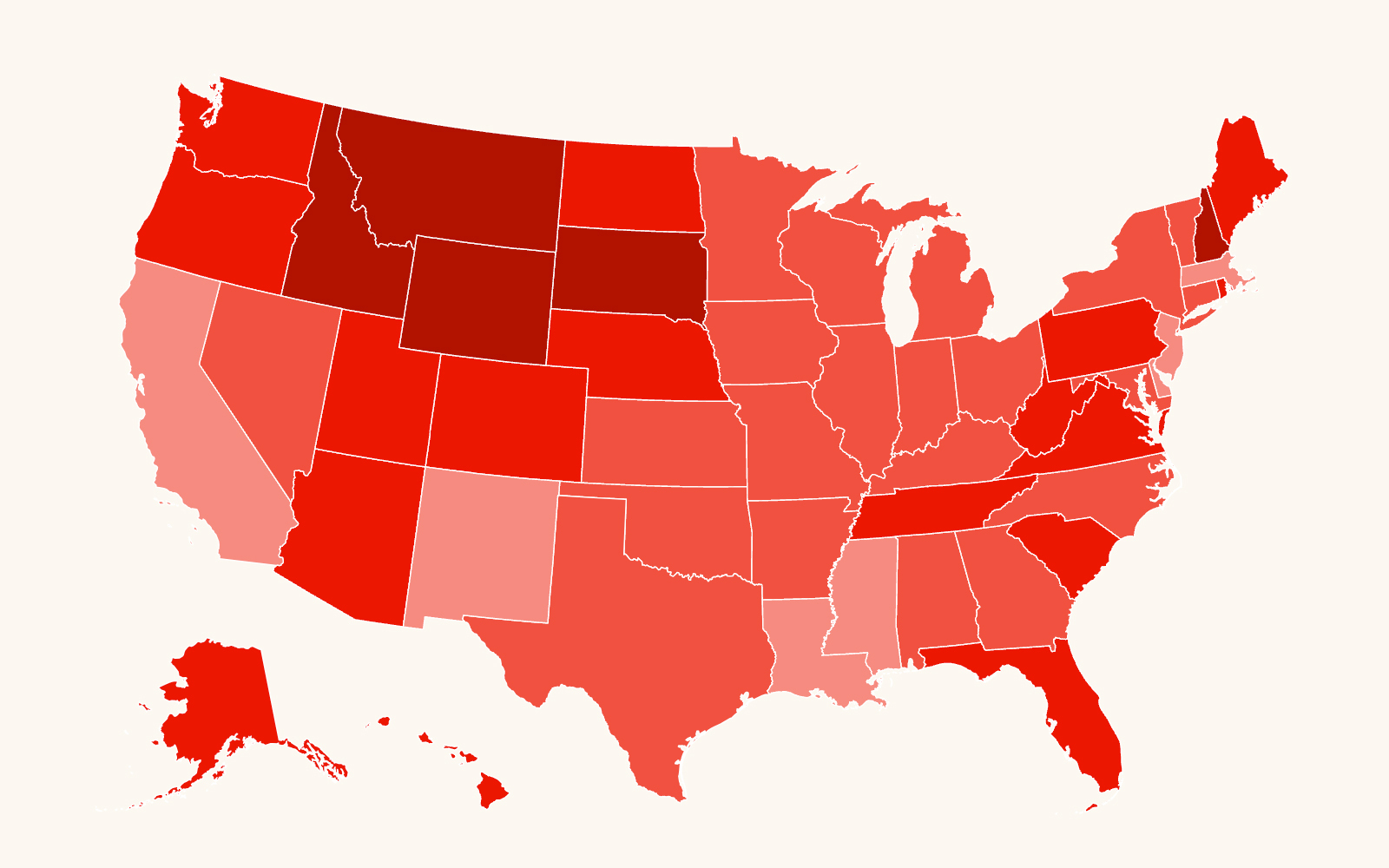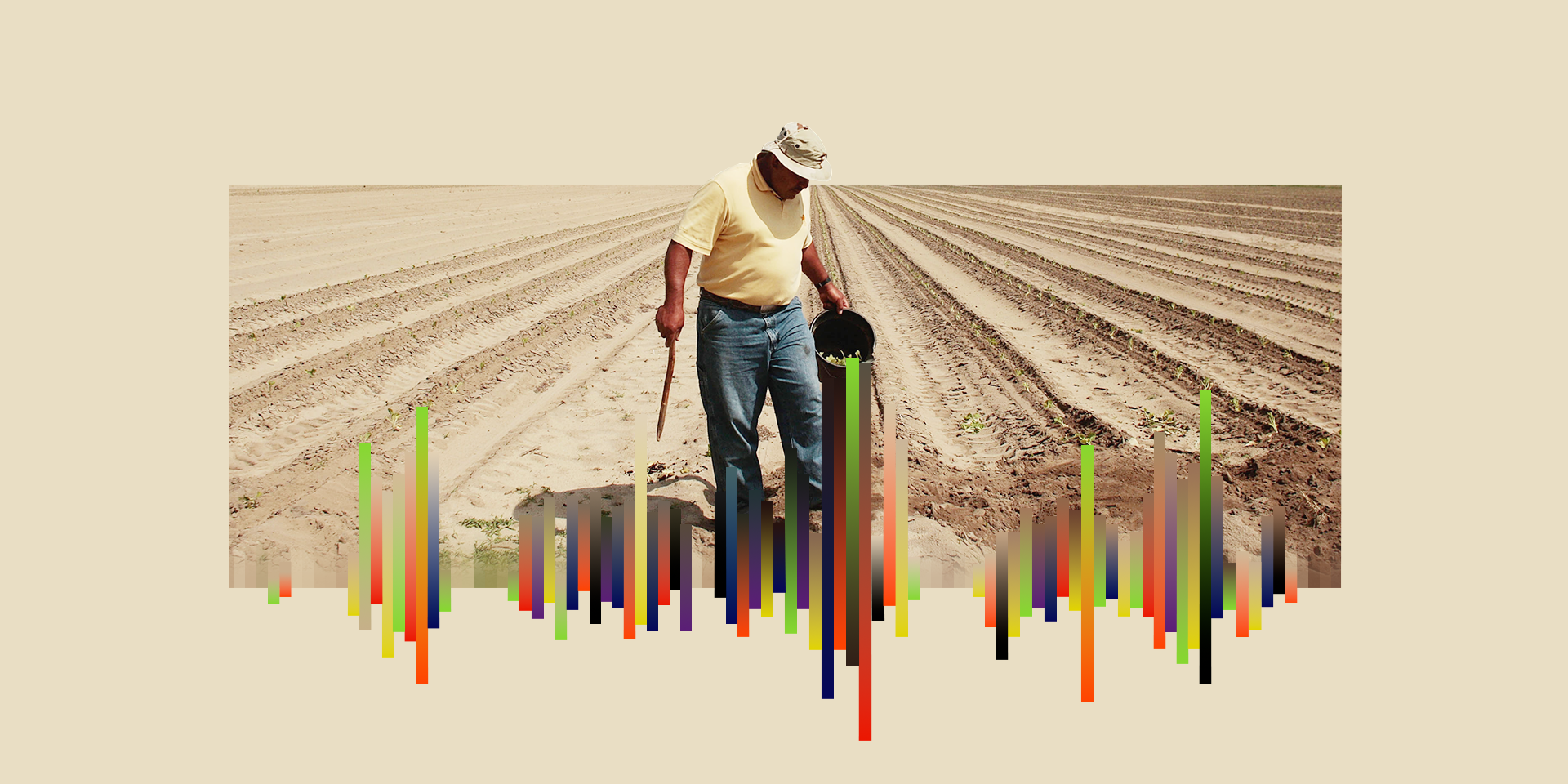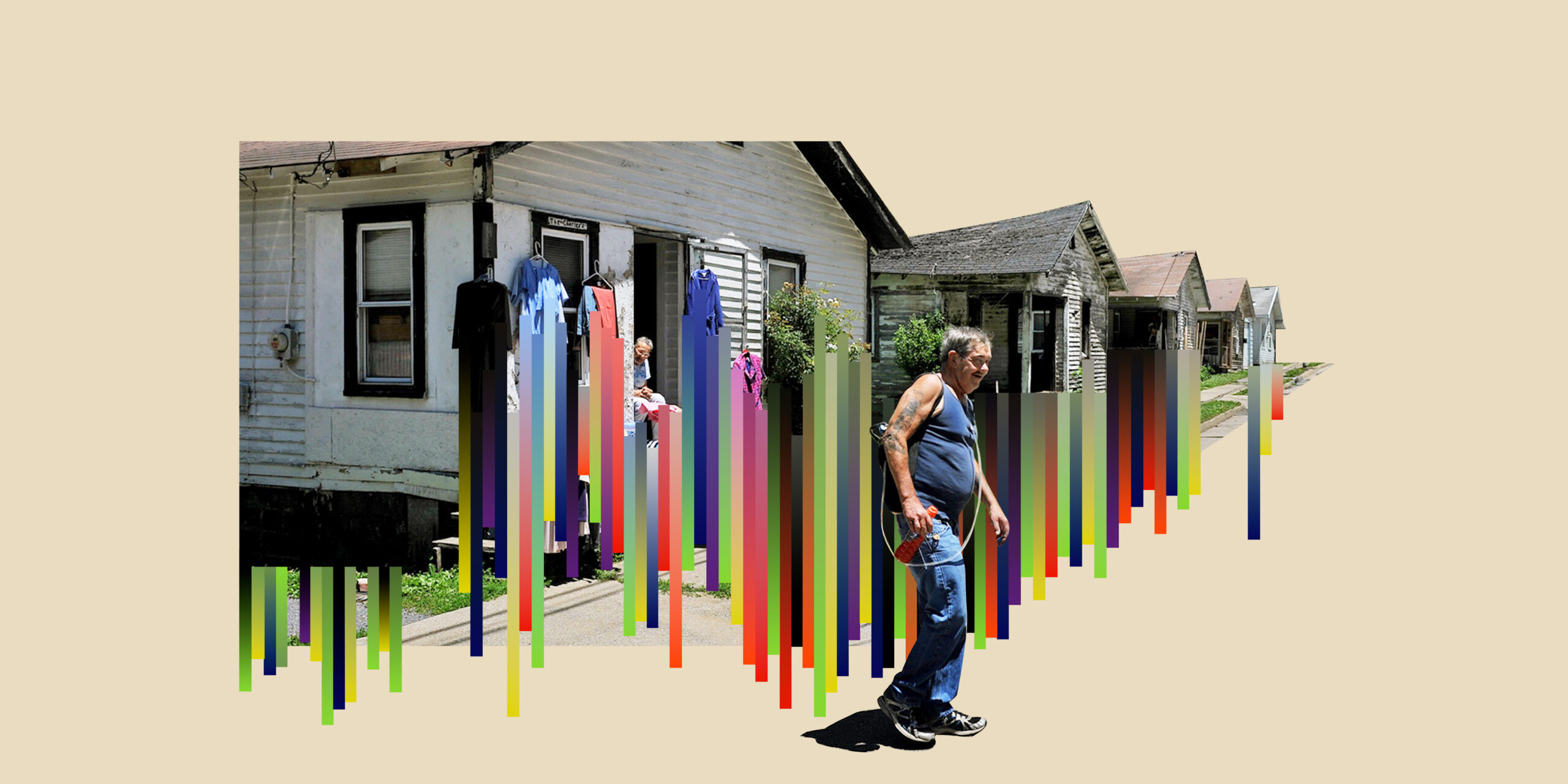Editor’s note: This is the third story in the “Cuts & Consequences” series about the effects that federal spending reductions would have on people living in the Deep South.
There are days when Andrew Sanders walks miles for a hot meal from a soup kitchen. He walks throughout the summer months when temperatures begin their hyperbolic ascent shortly after sunrise and the Alabama heat wraps the body like a weighted blanket. He walks in the winter, when cold, dry air draws lines that form cracks on his exposed skin.
His hunger is constant throughout.
“It hurts like hell,” he said. “I’m dying for something to eat.”
At 62 years old, Sanders is unemployed, retired with a disability after 40 years driving trucks across the country. Two debilitating back surgeries left him unable to work full time because of the pain it caused him to sit or stand for long periods. A car accident in January made it impossible for him to supplement his monthly disability benefits with the odd jobs he’d picked up, like painting or yard work.
Sanders is one of more than 752,000 Alabama residents who receive money to buy food each month through the federal government’s Supplemental Nutrition Assistance Program (SNAP), commonly known as food stamps. Fifteen percent of Alabama residents receive government food assistance as well as 18% of people in Louisiana, and 13% of Georgians, Mississippians and Floridians.
$2average allowance per meal per day SNAP provides to qualified individuals living in a household
SNAP is the country’s most effective anti-hunger program. It’s a lifeline for millions of Americans, reaching 1 in 8 people and 1 in 5 children. Without it, many advocates warn that millions of children — the program’s primary clients — will go hungry. So will millions of others, including elderly adults and adults with disabilities like Sanders who cannot work. Also going hungry will be veterans and workers who earn low incomes and are living in poverty.
“I would starve,” Sanders said matter-of-factly. “I’ve ran out of tears. I can’t cry anymore. I’m just trying to survive.”
Gathering hunger clouds
Since taking office on Jan. 20, President Trump has rushed to cut government spending, unleashing the newly minted Department of Government Efficiency (DOGE) on a range of agencies and programs. Its investigations and findings have caused panic and confusion. They have also led to the dismissal of thousands of federal workers, a result still actively making its way through the courts after numerous lawsuits were filed, challenging the dismissals.
Advocates fear that social safety net programs such as SNAP are prime targets in this administration’s zealous drive to “eliminate waste.” Major cuts to the food program could mean fewer people receive fewer benefits, either due to lower income thresholds to restrict eligibility or a reduction in monthly payment amounts to those who do qualify.
Or both could happen.
“More than 42 million people rely on SNAP to provide food for their families,” said Kirsten Anderson, deputy legal director of the Economic Justice litigation team at the Southern Poverty Law Center. “Major cuts to food assistance programs like SNAP will have devastating consequences — increasing hunger; harming the health and economic well-being of millions of people, including children; and worsening state and local economies.”
On Feb. 12, the Republican-led House Budget Committee directed the Agriculture Committee to impose $230 billion in cuts to various programs within the committee’s jurisdiction, which includes SNAP.
U.S. Rep. Glenn Thompson, the chairman of the House Agriculture Committee, said there are no current plans to make cuts to the program. But he has failed to identify where cuts would be made while expressing a desire to “mak[e] sure the states take some accountability with the program.” Advocates say a major reason SNAP has been so beneficial to states is that it’s 100% federally funded, with states sharing only half of the program’s administrative costs. Over the next few months, Congress will need to come up with a final budget that could still lead to hundreds of billions of dollars in cuts to SNAP, which will leave states struggling to fill the gap.
Republicans have proposed adding restrictions on the type of food SNAP participants can buy. They have also proposed an expansion of work requirements, as well as ending broad-based categorical eligibility that allows states to offer SNAP to more low-income households that may not otherwise meet the program’s strict income and asset tests.
If we lost SNAP in Alabama, there would not be a Piggly Wiggly left in the state. … We’d probably cut the number of Walmarts in half. Retailers are tremendously dependent on SNAP benefits to make their bottom line.”
Carol Gundlach, a policy analyst for Alabama Arise
Conservatives have also proposed converting SNAP into a state block grant program like Temporary Assistance for Needy Families (TANF), which is designed to help families with children who are experiencing poverty. But that change could result in less oversight and enable states to divert federal funds meant to provide food for low-income-earning families to instead fill gaps in their state budgets. It would also make it easier for states to misuse funds, as was the case in Mississippi’s 2020 TANF scandal, where state employees diverted $101 million from low-income families to nonprofits that benefited several wealthy people, including former Green Bay Packers quarterback Brett Favre.
“I think it’s absurd that government officials have been allowed to use the poor as a scapegoat for their own greed,” said Waikinya Clanton, director of the SPLC’s Mississippi state office. “It calls into question not only who we are as a nation but who we aspire to be. We must do more to invest in the social well-being of people in this country.”
‘A place of struggle’
To qualify for SNAP, an individual’s household income must be at or below 130% of the federal poverty line and meet certain income and asset limits. Some groups, such as undocumented immigrants, are not eligible for the program. Unemployed adults between 18 and 54 who do not have children and do not have disabilities cannot use the program for more than three months every three years — unless they are working or in a training program for at least 20 hours a week. States currently can put more work requirements on SNAP-receiving households. Participants receive benefits once a month, which can be used only to purchase food at an authorized retailer such as Walmart or Family Dollar.
On average, the program provides a little more than $2 per meal per day to qualified individuals living in a household. To recipients and advocates, cutting an already meager food allowance seems cruel rather than cost-effective.
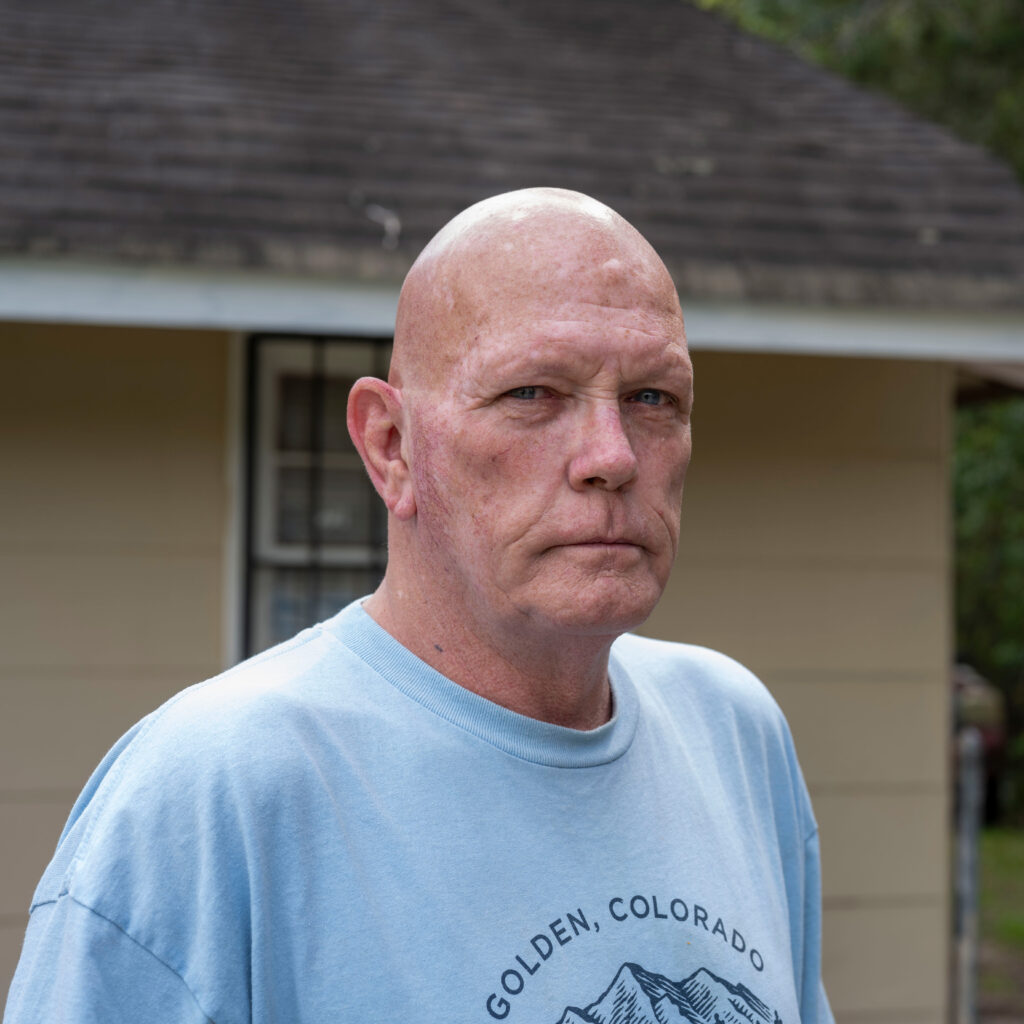
Sanders receives $23 a month in SNAP benefits. The reality is that for many, like him, SNAP benefits already fall short. In Alabama, the average SNAP benefit for each household per month is $192 or $6.31 for each household member per day. The food stamps most households receive are not enough to last them a full month without skipping meals or buying cheap, unhealthy food for the sake of curbing hunger.
“I skip meals all the time,” said Sanders. “Twenty-three dollars in food stamps doesn’t buy very much. It barely buys enough to snack on for a couple of days.”
Sanders also receives Social Security Disability Insurance (SSDI) and Supplemental Security Income (SSI). As the amount of those payments rose, he said, his SNAP benefits declined, dropping from about $220 in 2018.
To supplement his benefits, he visits food banks throughout the month. At the Beacon Center in Montgomery, Sanders can pick up food twice a month, but not more than once a week. He keeps a running list of soup kitchens that serve around the city.
“We have people coming from all sides of town,” said Richard Williams, pastor of Metropolitan United Methodist Church and executive director of the Beacon Center, a SNAP facilitator site where people can get assistance with applications or food through a U.S. Department of Agriculture (USDA)-approved food bank program. “There’s a stigma that’s attached with coming to a food pantry. People would imagine our pantry would only serve Black people, but it doesn’t.”
Nationally, 37% of SNAP beneficiaries are white, 26% are Black and 16% are Latinx. Asian Americans represent 3% of beneficiaries, and Indigenous people 2%.
“All people can find themselves in a place of struggle,” Williams said. “When we run our ZIP codes, we’re serving as many people out east,” where some of Montgomery’s more affluent neighborhoods are, “as we are on the westside,” which is predominantly Black.
Congress authorized the USDA in 2018 to revise its SNAP benefit formula by 2022, resulting in an increase of about $1.35 per person per day. That could lift 2.4 million people above the poverty line.
Republicans have floated the idea of reversing the update that went into effect in October 2024 and restricting future updates. Experts estimate a failure to adjust the food plan for factors other than inflation would cut future SNAP benefits by $30 billion, which would be the biggest cut to the program in 30 years.
Carol Gundlach, a policy analyst for Alabama Arise, a nonprofit that works to improve the lives of people living in poverty, said she believes that cuts to SNAP would be disastrous to her state.
“Congress gave the USDA the authority to revise their food plans and when USDA took advantage of that it boosted SNAP benefits, right after the end of COVID,” said Gundlach. “One of the things we’re really concerned about is that Congress is going to roll back to the previous version. If they do that, that’s going to cut SNAP benefits for everyone immediately by about 30%.”
Far beyond the dinner table
While stereotypes, stigma and ideological debates have long tinged the reputation of the SNAP food program, its benefits are documented. Research confirms that SNAP not only reduces food insecurity, but is linked to better health, education and economic outcomes, as well as lower medical costs for participants.
Nationally, more than 62% of SNAP recipients are in families with children. Elderly people and people with disabilities who receive SNAP will be at further risk of hunger, injury and disease. This will further challenge an already-taxed Medicaid system that is also facing cuts (Louisiana is the only state in the SPLC’s Deep South focus area — which also includes Alabama, Florida, Georgia and Mississippi — that has expanded Medicaid to date).
“If there’s a downturn in the economy, or a natural disaster, people can always rely on being able to apply for and receive SNAP benefits,” said Gundlach. “It’s tremendously helpful for the economy.”
The USDA estimates that in a weak economy, $1 spent in SNAP benefits generates $1.50 in economic activity. Five thousand Alabama retailers participate in the SNAP program, generating millions of dollars for the state each year and supporting local grocery stores.
“If we lost SNAP in Alabama, there would not be a Piggly Wiggly left in the state,” Gundlach said, referring to a regional grocery chain. “We’d probably cut the number of Walmarts in half. Retailers are tremendously dependent on SNAP benefits to make their bottom line.”
The Alabama Department of Human Resources, which manages the state’s SNAP program, declined to comment on the impact proposed cuts could have on the state.
Day by day
Sanders, the 62-year-old SNAP participant, offers to sweep up the parking lots of local businesses to earn a few dollars in cash where he can. When he can scrape together $5 and change, he smokes cigarettes to stave off hunger between meals — sometimes for days.
His income from SSDI and SSI, coupled with his food assistance payments, is less than $900 a month. He rents a room in a house where he shares household expenses with a roommate. In the struggle to cover food and shelter, housing typically wins.
“You may not ever be in this position,” Sanders said. “But if it was your own family in this position, would you want them to have to fight this hard just to eat a meal? To use up all their energy just to eat?”
Illustration at top by Katie Martin.

